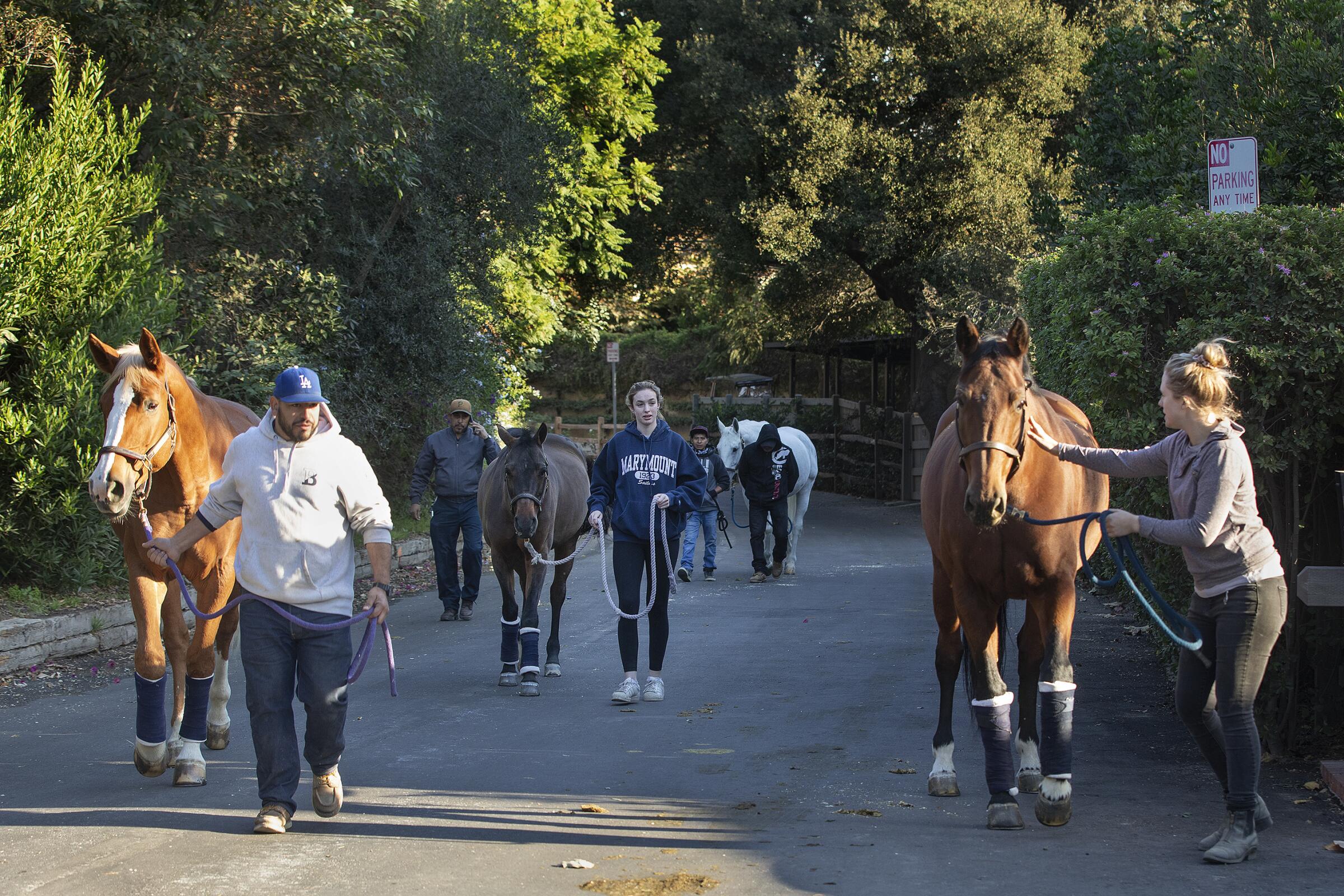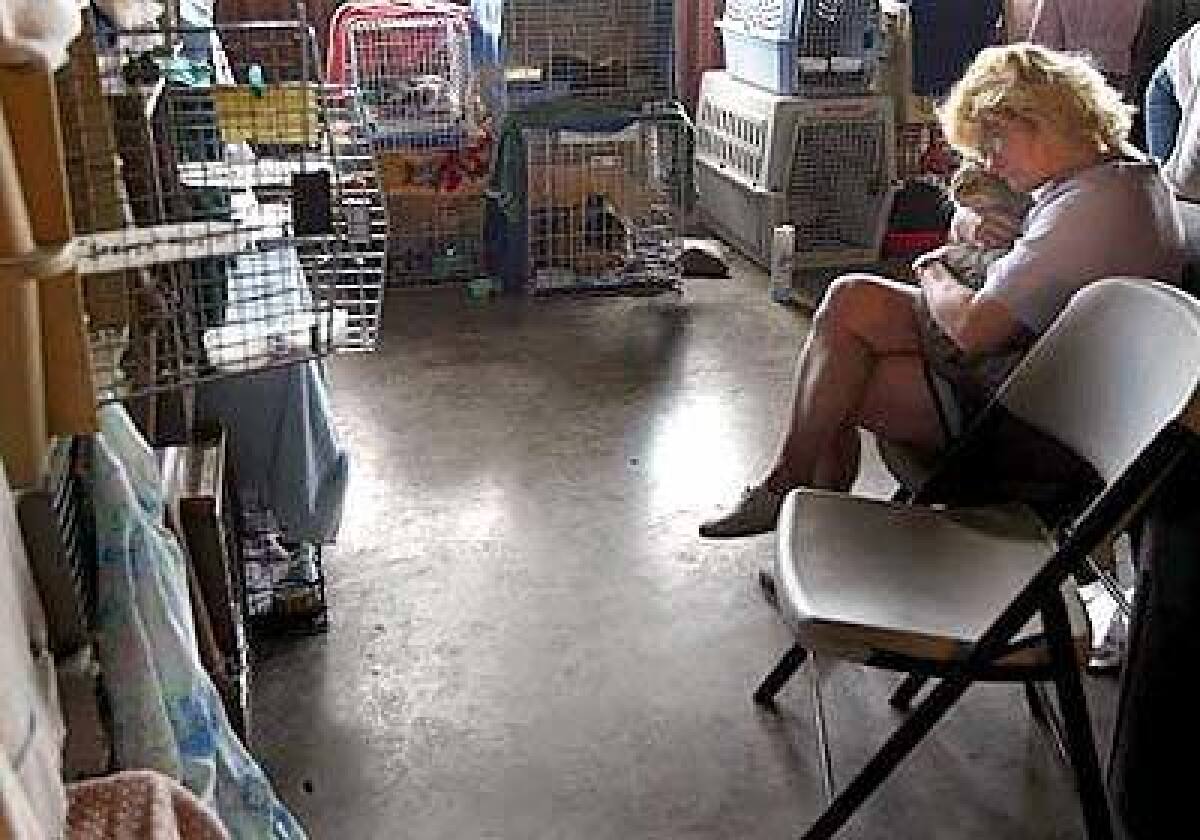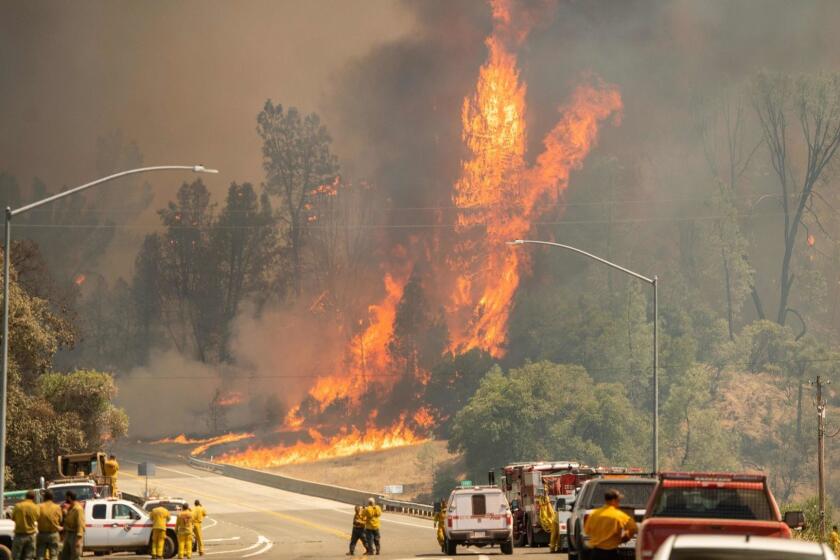Sign up for Essential California
The most important California stories and recommendations in your inbox every morning.
You may occasionally receive promotional content from the Los Angeles Times.
Follow Us
Dorany Pineda is a former reporter for the Los Angeles Times. She joined the newsroom in 2018 and was a general assignment reporter on Metro and Calendar, wrote obituaries and covered books, the publishing industry and the local literary scene. She helped cover Los Angeles City Hall and also drought, water and climate change in California. Pineda was previously on the police beat for City News Service and was a general assignment reporter for the Los Angeles Wave newspaper. She earned her bachelor’s in literature from UC Santa Cruz in 2012 and a journalism certificate from East Los Angeles College in 2017.














